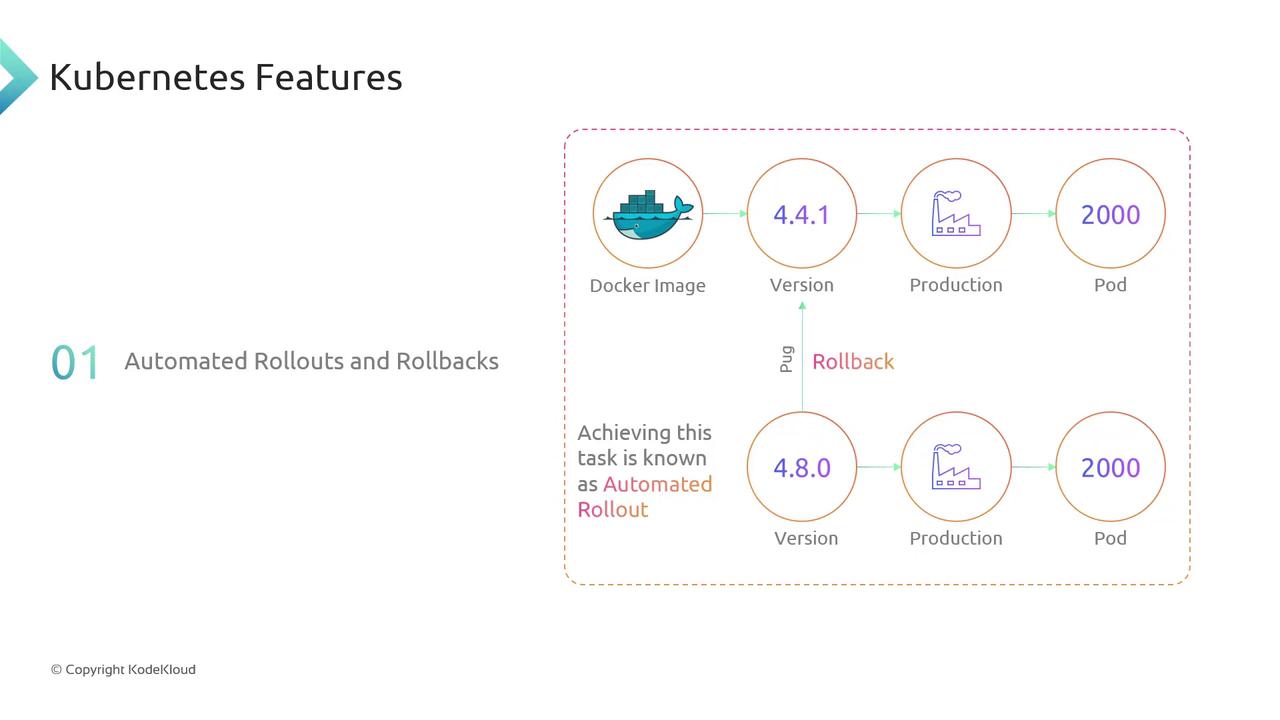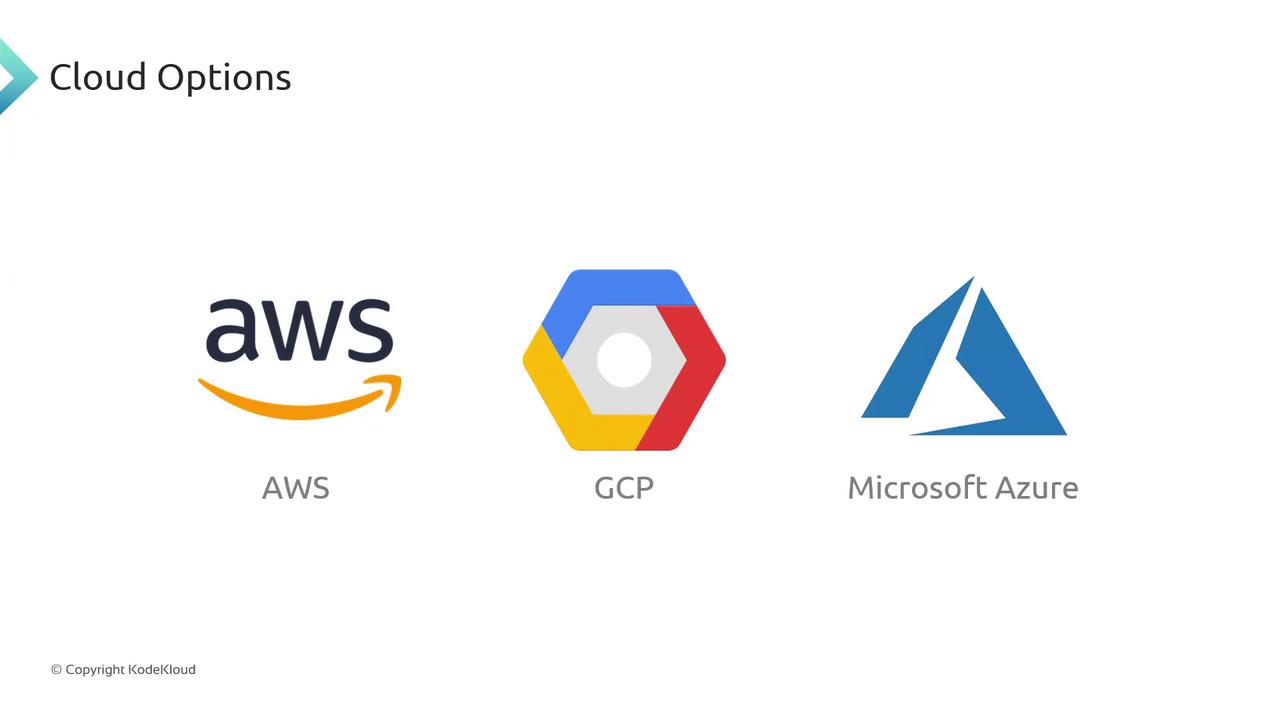GCP DevOps Project
Sprint 02
Kubernetes Refresher
Welcome back! After completing your Google Cloud Platform setup, it's time for a concise Kubernetes refresher. Kubernetes is the leading open-source container orchestration system that automates deployment, scaling, and management of containerized applications. You build your application into a container image—often with Docker—and Kubernetes takes care of scheduling, running, and scaling those containers in your production environment.
What Is Kubernetes?
Kubernetes (or “K8s”) provides:
- Automated container orchestration for microservices
- Declarative configuration to define desired state
- Self-healing to restart or replace failing containers
- Built-in service discovery and load balancing
- Secret and configuration management outside of code
By centralizing these capabilities, K8s helps teams adopt robust DevOps practices and infrastructure as code.
Key Features
Automated Rollouts & Rollbacks
Kubernetes lets you perform rolling updates with zero downtime. Suppose you have version 4.4.1 of your Docker image running across 2,000 pods. After building and tagging version 4.8, you trigger a rolling update. Kubernetes gradually replaces the old pods, monitors health checks, and ensures continuity. If a critical bug appears in 4.8, a single rollback command reverts your deployment back to 4.4.1—fast and reliable.

Self-Healing, Service Discovery & Load Balancing, and Security
- Self-Healing: Continuously monitors pod health. Crashed containers are automatically restarted or replaced.
- Service Discovery & Load Balancing: Kubernetes DNS and Services route traffic evenly across healthy pods.
- Security & Configuration Management: Use Secrets and ConfigMaps to store sensitive credentials and application configuration separately from your images.
These features work together to keep your cluster in the declared state and strengthen your security posture.
![]()
Deployment Options
Kubernetes can be installed and managed in multiple environments:
| Environment | Details | Examples |
|---|---|---|
| Managed Cloud | Provider handles control plane upgrades, scaling, and patches | EKS, GKE, AKS |
| On-Premises | Full control over hardware and network, higher operational overhead | kubeadm, Rancher, OpenShift |
Managed services free you from infrastructure maintenance, while on-premises clusters let you meet specific compliance or latency requirements.

Note
In this course, we’ll deploy and manage a Kubernetes cluster on Google Kubernetes Engine (GKE).
Next Steps on GCP
Now that you’ve reviewed Kubernetes fundamentals, let’s dive into GKE setup:
- Create a GKE cluster with
gcloud container clusters create - Configure
kubectlto point to your new cluster - Deploy sample workloads and explore scaling strategies
Happy container orchestration!
Watch Video
Watch video content